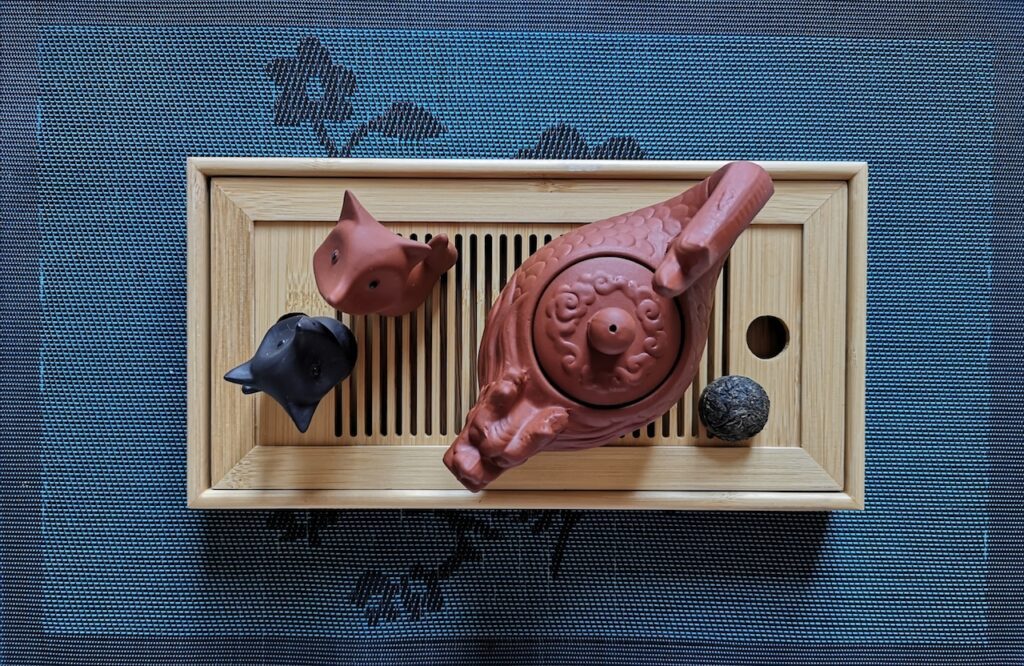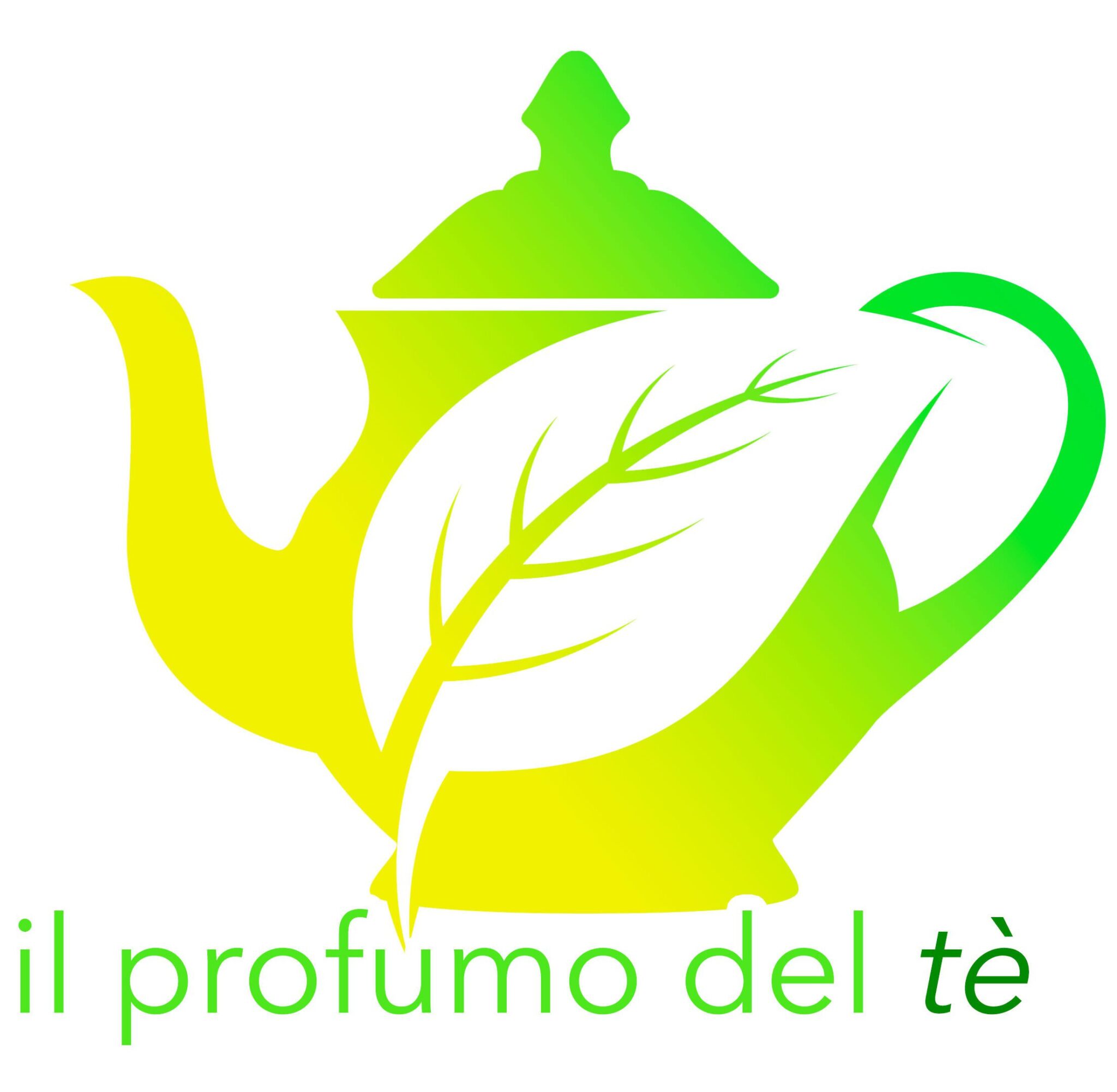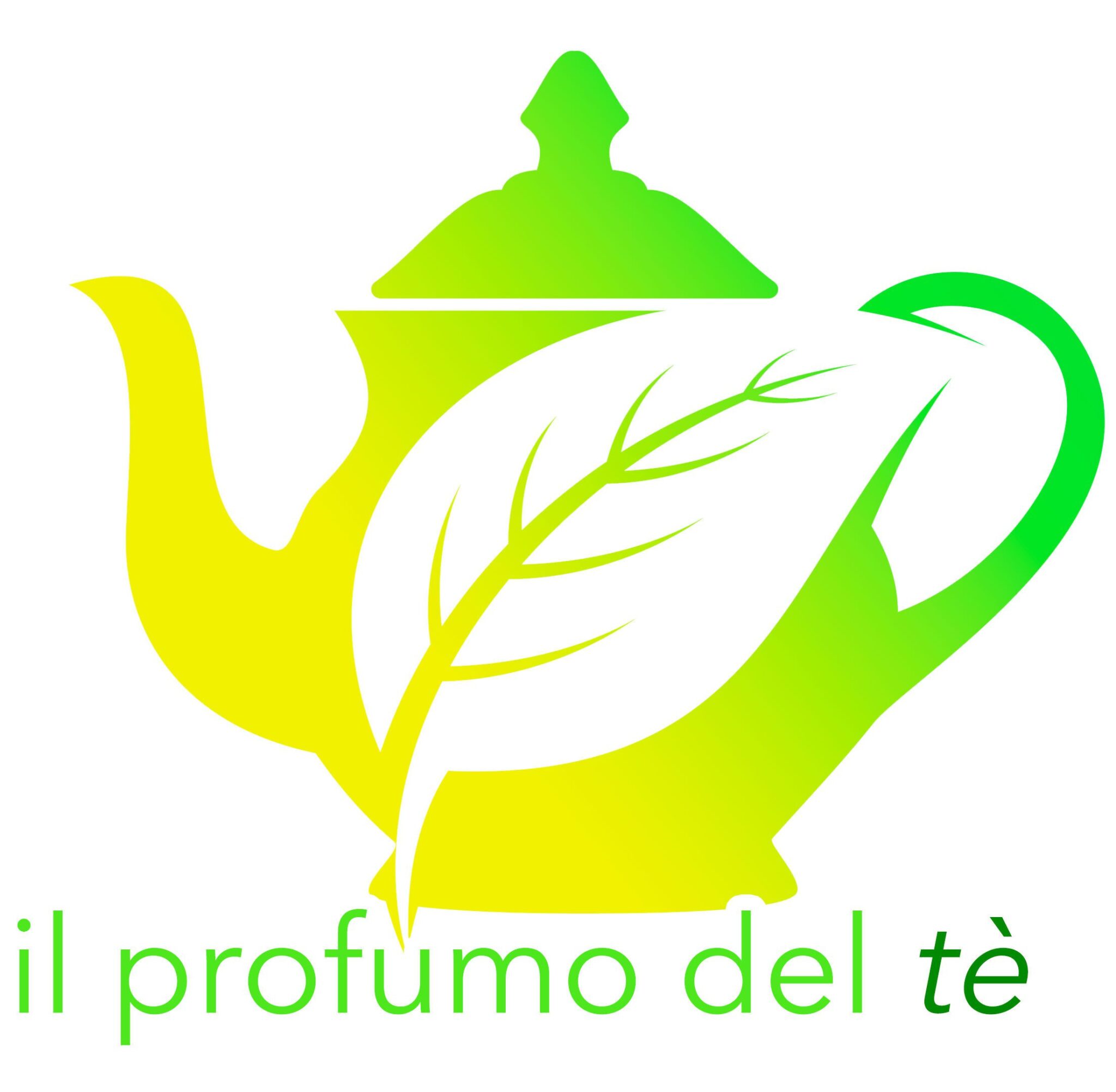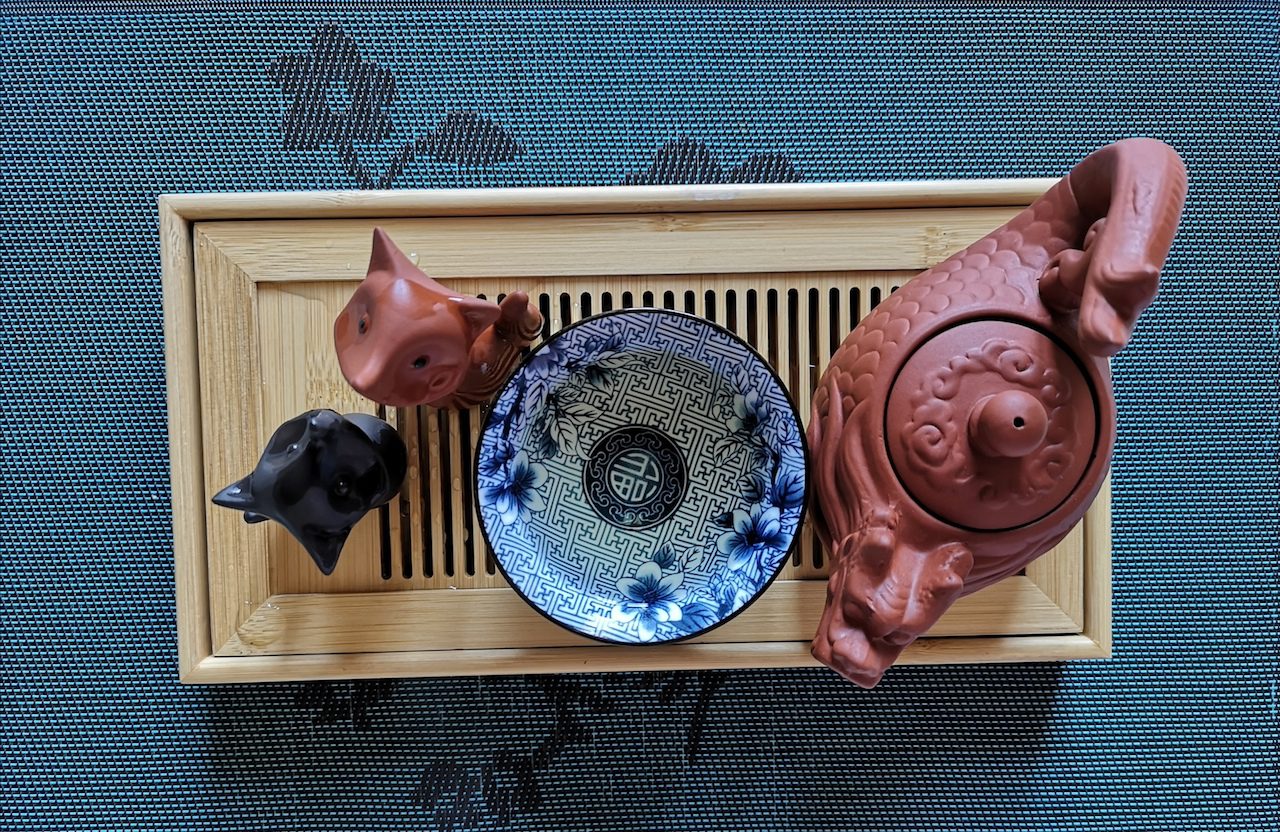I Puerh sono dei tè “post-fermentati” che subiscono una vera e propria fermentazione per lo Sheng possono passare anni per lo Shu i tempi sono più ridotti. Vengono prodotti prevalentemente in Cina nella provincia dello Yunnan e ne possiamo trovare due tipologie “crudo” (sheng) o “cotto” (shu).
L’aroma e il gusto di questo infuso è molto differente rispetto agli altri tè ed è consigliato come digestivo durante o dopo i pasti dai primi ai secondi piatti a base di carne, pesce o formaggi.
Questa tipologia di tè viene lasciato a maturare anche per molti anni producendo di anno in anno un infuso differente.
Di solito viene venduto in torte o panetti (brik) o nidi sferici (tuo cha) compattati, le sfere possono essere utilizzate singolarmente mentre per le cake si utilizza un’apposito coltellino per selezionare le foglie da infondere. Questo tè pregiato è adatto anche a più infusioni con acqua bollente fino a 95 gradi nelle tipiche teiere in terracotta Yixing durante il rito del Gong Fu Cha.
Il colore dell’infuso può variare dal giallo al rosso scuro con note sia erbacee che legnose o di sottobosco che ricorda la terra bagnata, leggermente astringente.
Ho trovato nella mia personale degustazione lo Sheng più leggero rispetto lo Shu che era decisamente più intenso, corposo e animalico.
Per preparare correttamente questo tè ho utilizzato un vassoio in legno detto “chapan” per raccogliere l’acqua in eccesso. Infatti con l’acqua calda è bene lavare tutto il set prima di partire con l’infusione vera e propria ed è bene non dimenticare di mettere l’infuso nel bricco, affinchè non diventi troppo astringente e procedere successivamente a una nuova infusione a un minuto e 30 secondi, dato le foglie saranno già aperte.
Una delle cose più affascinanti dei Puerh è che più invecchiano più acquistano pregio come un buon vino.
Puerh Sheng & Puerh Shu Tasting

The Puerh are “post-fermented” teas that undergo a real fermentation for the Sheng can spend years for the Shu the times are shorter. They are mainly produced in China in the province of Yunnan and we can find two types “raw” (sheng) or “cooked” (shu).
The aroma and taste of this infusion is very different from other teas and is recommended as a digestive during or after meals from first to second courses based on meat, fish or cheese.
This type of tea is left to mature for many years, producing a different infusion from year to year.
It is usually sold in compacted cakes or loaves (brik) or spherical nests (tuo cha), the spheres can be used individually while for the cakes a special knife is used to select the leaves to be infused. This fine tea is also suitable for multiple infusions with boiling water up to 95 degrees in the typical Yixing terracotta teapots during the Gong Fu Cha rite.
The color of the infusion can vary from yellow to dark red with notes of both herbaceous and woody or undergrowth reminiscent of wet earth, slightly astringent.
I found in my personal tasting Sheng lighter than Shu which was definitely more intense, full-bodied and animalic.
To prepare this tea correctly, I used a wooden tray called a “chapan” to collect the excess water. In fact, with hot water it is good to wash the whole set before starting with the actual infusionand it is good not to forget to put the infusion in the jug, so that it does not become too astringent and then proceed to a new infusion in one minute and 30 seconds, since the leaves will already be open .
One of the most fascinating things about Puerh is that the older they get, the more valuable they acquire like a good wine.

Il Puerh Sheng come si presenta nella Mini Tuo Cha.








No responses yet